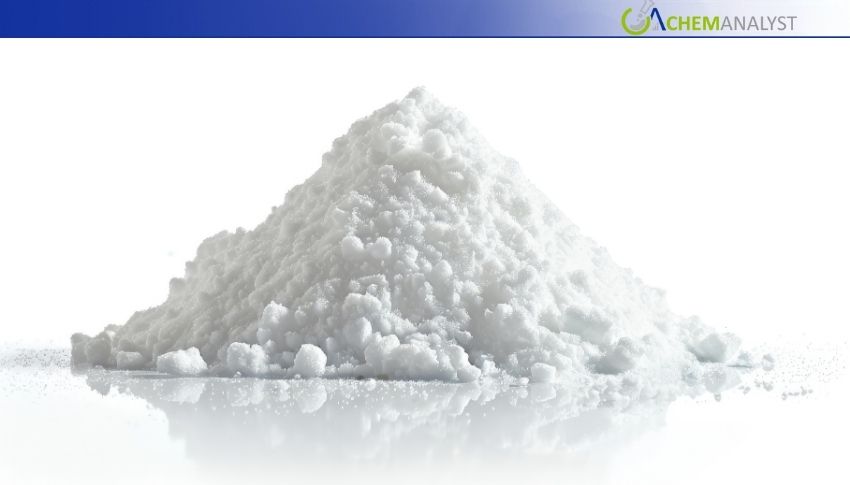Welcome To ChemAnalyst

In July 2025, Dextrose prices surged across global markets due to strong seasonal demand, raw material shortages, and disrupted logistics. Flooding in China’s corn belt, emission regulations, and shipping cost spikes intensified supply pressures. Rising input costs are straining food, pharma, cosmetics, and biodiesel industries that rely heavily on Dextrose. As volatility persists, stakeholders are urged to reassess sourcing strategies and monitor real-time market intelligence to mitigate risks and maintain competitiveness amid tightening global supply conditions.
A sweeping surge in global demand in conjunction with wide-ranging supply-side disruptions plus tightening regulations sent Dextrose prices soaring across major markets in July 2025. Since demand for sustainable sweeteners also bio-based commodities accelerates all around the globe, Dextrose reflects volatility. Dextrose shows industrial supply chain fluctuation. This price rally is an indication of sectoral pressures and rising costs are foreshadowed by downstream industries that are reliant on Dextrose.
Dextrose, a monosaccharide that occurs naturally, comes mainly from corn, a vital part of global supply. Its huge necessary industrial uses involve sweeteners and preservatives within food plus beverages, bulking agent inside processed snacks, key ingredients inside intravenous fluids plus energy formulations intended for pharmaceuticals even metabolic booster inside aquaculture feed. The centrality of dextrose to multiple value chains has been underlying the increasing traction that it sees in recent years. It functions as a bio-based feedstock within biodiesel production as it offers humectant properties to the cosmetics sector.
July 2025 saw dextrose prices rise noticeably within major trade areas. These rises are attributable entirely to seasonal demand spikes in the food, beverage, and aquaculture feed sectors, as producers increased output for summer. During July, the heat created a classic demand-supply mismatch that placed additional upward pressure on Dextrose prices. This mismatch happened since beverage and snack consumption was indeed high, and also the pharmaceutical demand for hydration therapies then surged.
Raw material turbulence further compounded the price climb. Severe flooding in China's key corn-producing regions, combined with regulatory crackdowns on emissions in leading starch hubs, crimped corn supply and jacked up feedstock costs—a trend quickly reflected in Dextrose market pricing. Global freight disruptions, notably Red Sea rerouting and persisting container shortages, inflated shipping costs by up to 233% year-over-year, exacerbating procurement expenses for importers and export-forward producers alike. These challenges prompted both supply constraints and operational margin squeezes, leaving Dextrose producers little choice but to adjust prices upward.
Downstream, the ripple effects are acute. Food manufacturers, beverage giants, and snack producers are grappling with higher input costs. The cosmetics industry, reliant on Dextrose for formulations, faces shrinking cost advantages. Pharmaceutical companies are seeing higher procurement expenses for IV fluids and oral rehydration salts. In the fast-growing biodiesel market, elevated Dextrose costs threaten to undermine the sector's cost-competitiveness at a critical juncture of global energy transition.
As price pressures show few signs of immediate relief, industry stakeholders must remain vigilant. Importers, exporters, and buyers are strongly encouraged to re-evaluate sourcing strategies, deepen due diligence, and consult real-time market intelligence platforms—such as those specializing in Dextrose pricing data—for actionable insights. In a volatile market climate, staying informed on Dextrose price and supply trends is not only prudent but essential for strategic decision-making and sustained competitiveness in the months ahead.
We use cookies to deliver the best possible experience on our website. To learn more, visit our Privacy Policy. By continuing to use this site or by closing this box, you consent to our use of cookies. More info.
